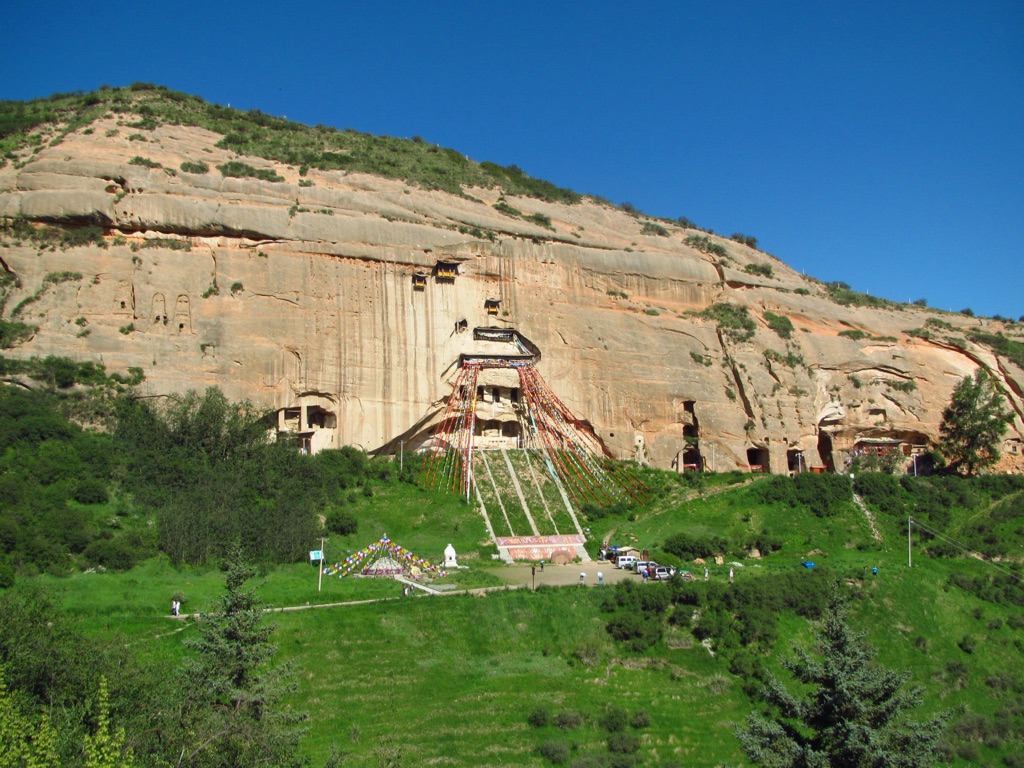The Mati Temple grottoes, nestled in the cliffs of the Hexi Corridor, are a stunning example of Buddhist art and architecture. These grottoes, also known as the Horse’s Hoof Temple, are a series of caves carved into the rock face, showcasing a rich collection of Buddhist statues and frescoes. They are located in Gansu Province, China, and represent a fusion of Indian Buddhist art with Chinese cultural influences. The site is a testament to the spread of Buddhism along the Silk Road and is a valuable piece of cultural heritage that has attracted scholars, tourists, and pilgrims for centuries.
Temples
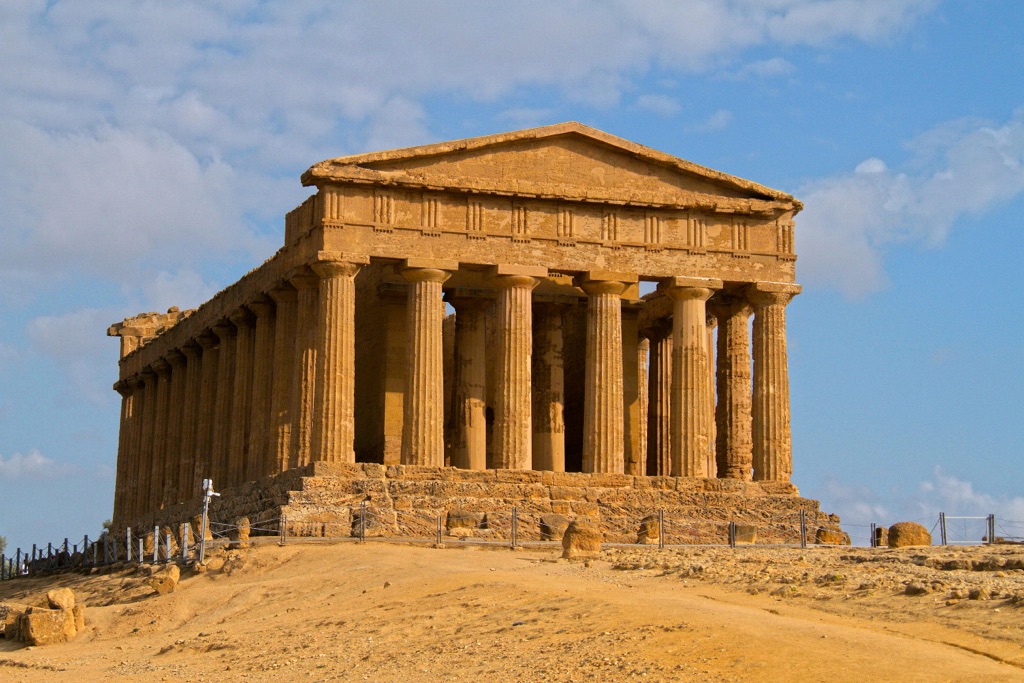
Temples are sacred buildings dedicated to worshipping gods and goddesses. In ancient times, they were often grand structures, decorated with carvings and sculptures, where people would gather for rituals and ceremonies. Many ancient temples, like those in Egypt and Greece, still stand today.
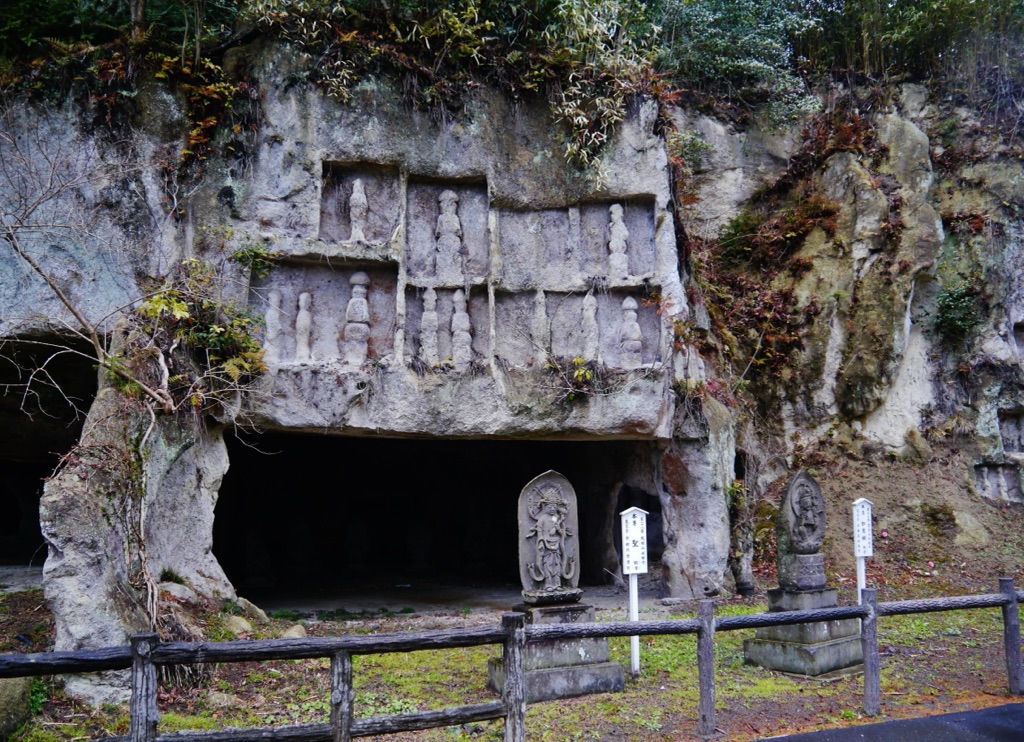
Zuiganji Temple Caves
Zuiganji Temple Caves are a significant historical and cultural site located in Miyagi Prefecture, Japan. These caves, adjacent to the Zuiganji Temple, served as sacred spaces for spiritual practices. They date back to the late Heian period (12th century) and exhibit a blend of religious and historical significance. The caves were carved into the limestone cliffs and have been a place of worship and meditation for centuries. They contain various Buddhist statues and religious artifacts, reflecting the deep spiritual heritage of the area.
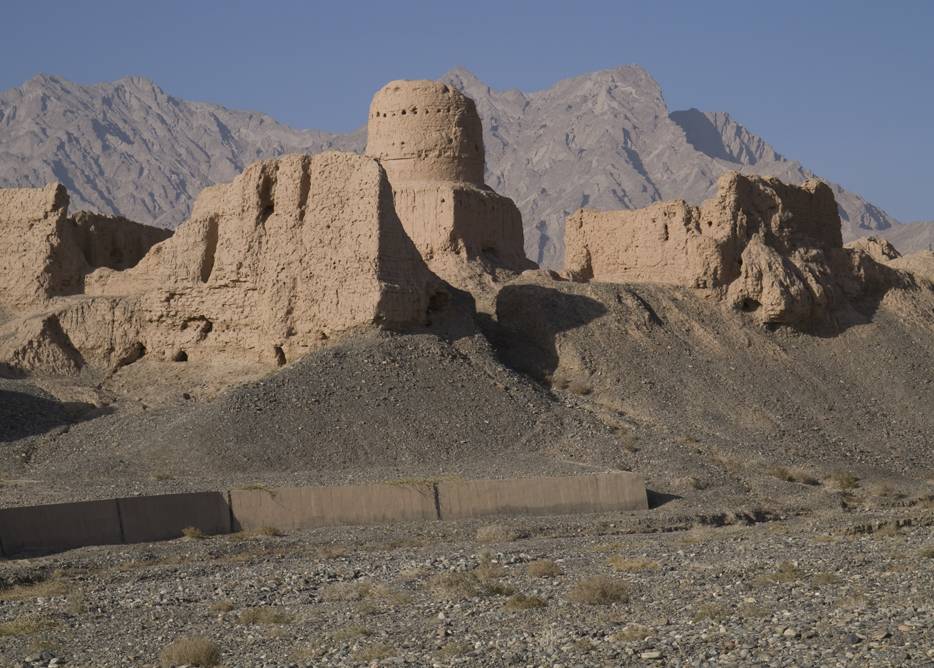
Subashi Temple
The Subashi Temple, nestled in the Taklamakan Desert of China’s Xinjiang region, stands as a testament to the rich tapestry of Silk Road history. This Buddhist temple complex, now in ruins, once served as a spiritual hub for travelers and monks. It offers a glimpse into the religious and cultural exchanges that took place along this ancient trade route. The temple’s remnants, with their intricate carvings and architectural prowess, continue to intrigue historians and archaeologists alike.

Valley of the Temples
The Valley of the Temples is a stunning archaeological site in Sicily, Italy, renowned for its well-preserved ancient Greek temples. This UNESCO World Heritage site, located near the town of Agrigento, is one of the most significant examples of Greater Greece art and architecture. The temples, built during the 5th and 6th centuries BC, stand as a testament to the wealth and power of the ancient city of Akragas. The site attracts scholars, tourists, and history enthusiasts from around the world, eager to witness the grandeur of these ancient structures.
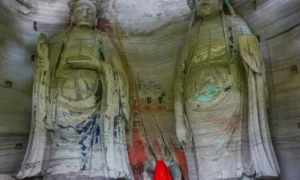
Cliff Sculptures of Mingshan Temple
The Cliff Sculptures of Mingshan Temple are a remarkable collection of ancient Buddhist rock carvings. They are located in Sichuan Province, China, and are part of the larger Dazu Rock Carvings. These sculptures date back to the 9th century and are a testament to the religious and artistic achievements of the Tang and Song dynasties. The site was inscribed as a UNESCO World Heritage Site in 1999, highlighting its cultural significance and exceptional craftsmanship.
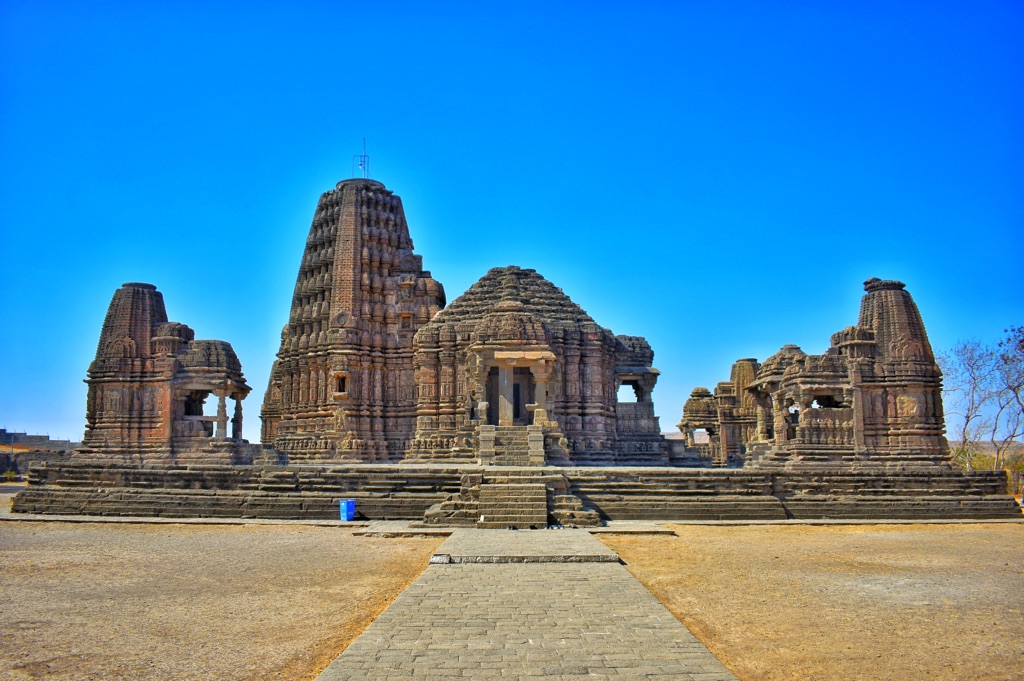
Gondeshwar Temple
The Gondeshwar Temple stands as a testament to the architectural prowess of ancient India. Located in Sinnar, Maharashtra, this temple is a prime example of the Hemadpanthi style of architecture, named after its creator, Hemadri, also known as Hemadpant. Dedicated to Lord Shiva, it is renowned for its intricate carvings and stone construction. The temple complex is a significant historical and cultural landmark, reflecting the religious fervor and artistic skills of the time.

